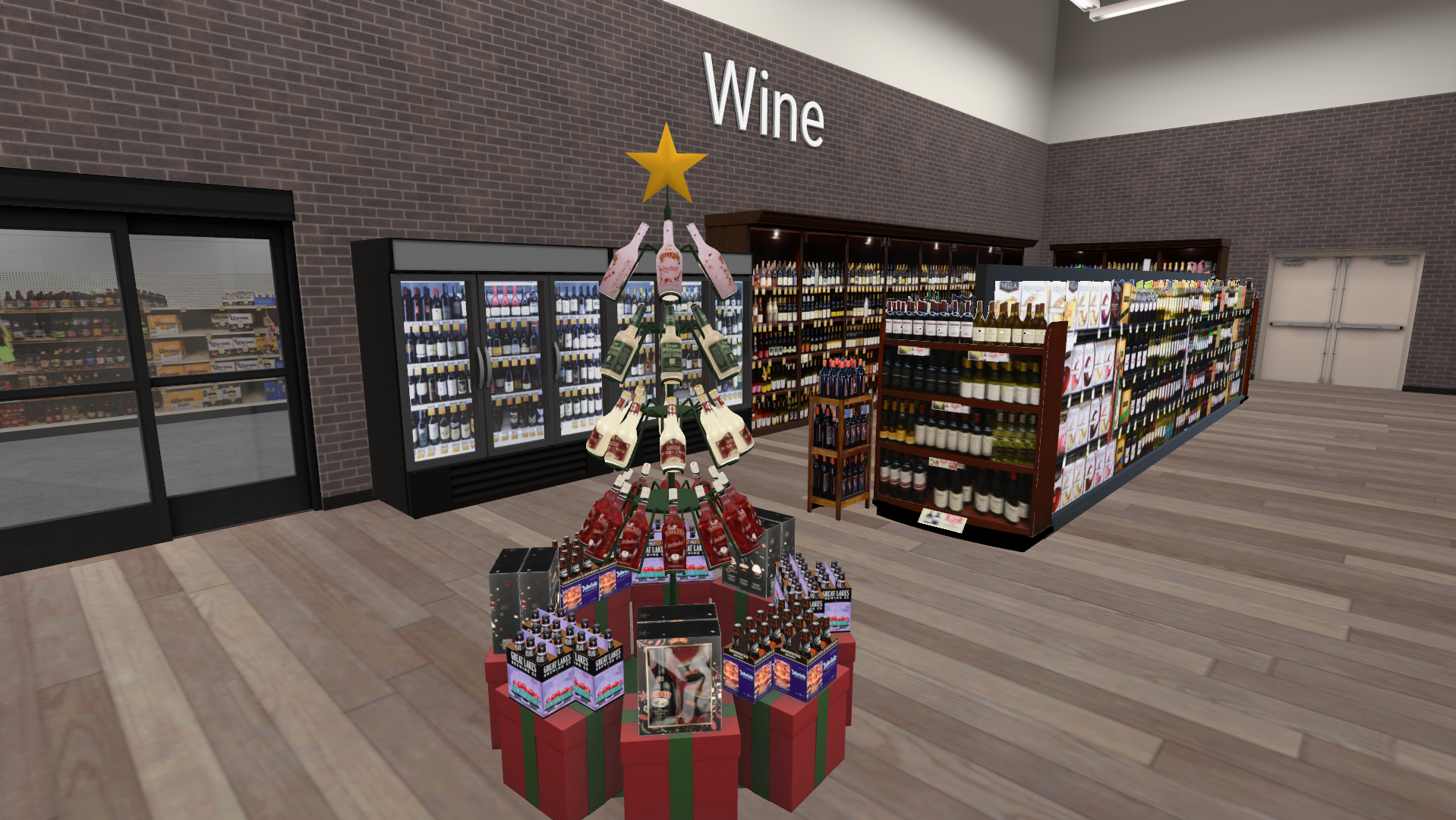The retail world thrives on capturing the seasonal spirit. Shoppers crave that pumpkin spice latte in fall, the cozy sweaters in winter, and the light and breezy dresses in spring. But for manufacturers and retailers, keeping pace with these ever-changing trends requires meticulous planning – and that planning cannot afford to be a last-minute scramble. Welcome to the retail holiday planning season! If you have not started already, you might quickly fall behind when it comes to seasonal merchandising.
The key to a successful seasonal merchandising performance lies in proactive planning. Halloween displays are likely finalized now, and Thanksgiving and Christmas should be locked and loaded by June/July. Ideally, discussions about seasonal products and their placement should begin months in advance. This allows for:
- Inventory management: Manufacturers can ensure they have enough stock to meet anticipated demand, preventing out-of-stocks that leave customers frustrated and retailers’ profitability hurt.
- Targeted marketing: Retailers can develop targeted campaigns to generate excitement for upcoming seasonal offerings, whetting customer appetites and getting them ready to open their wallets.
- Optimized layouts: Both manufacturers and retailers can experiment with different product placements to maximize sales, ensuring each item finds its perfect spot on the retail stage and harmonizes with its surroundings.
From Mockups to Mindscapes: VR Reimagines Retail Planning
Traditionally, planning seasonal layouts involved physical mockups – a process both time-consuming and expensive. However, virtual reality (VR) offers a risk-mitigating, inexpensive alternative to explore ideas in a digital twin of the store first. VR allows manufacturers and retailers to:
- Design virtual stores: Create realistic 3D simulations of retail spaces, complete with customizable product displays and shelving configurations. Retailers can focus on the store as it exists or reimagine something completely new and different, possibly to complement an eCommerce experience.
- Test different layouts: Taking the virtual concepts that were developed during ideation, share those concepts with consumers to explore which optimizes engagement, concept visibility, and ideally conversion and profitability.
- Gather customer feedback: Through the testing process, retailers and manufacturers can better understand how things resonate with target demographics while also capturing pre-launch feedback on what works and what does not. This creates a unique opportunity to implement changes with true shopper insights prior to implementing the concepts in-store or online.
By leveraging VR, companies can optimize their seasonal merchandising strategies before investing in physical execution. This translates to:
- Reduced costs: Eliminates the need for expensive physical mockups, freeing up resources for other areas like marketing and production.
- Improved efficiency: Streamlines the planning process and allows for quicker iterations and ideation.
- Data-driven decisions: Provides valuable customer insights to inform layout optimization, giving you the data to ensure your merchandising strategy is on track to make an impact.
The Power of AI
Artificial intelligence (AI) is another gamechanger in the world of merchandising. AI algorithms can analyze vast amounts of sales data to identify patterns and predict customer behavior. This allows for:
- Dynamic product placement: AI can recommend the optimal placement for each product based on factors like seasonality, complementarity, and past sales data. In addition, it can help retailers ensure the assortment on-shelf is optimized for the most profitable outcomes based on what’s in-stock in real time.
- Personalized promotions and pricing: Tailored promotions and product suggestions can be delivered to customers based on their buying habits.
- Demand forecasting: AI can predict future demand for seasonal products, enabling manufacturers to optimize production schedules and avoid stockouts.
The Profitable Intersection
The marriage of VR and AI creates a powerful force for profitable seasonal merchandising. VR allows for the creation and testing of various layout options, while AI analyzes the data to identify the most effective placements. This combined approach leads to:
- Increased sales: Optimized layouts and targeted promotions lead to a higher conversion rate.
- Improved profitability: Reduced costs associated with physical mockups and optimized inventory management.
- Enhanced customer experience: A more engaging and personalized shopping experience fosters customer loyalty.
Embrace the Future of Retail
Seasonal merchandising is a cornerstone of retail success. By embracing VR and AI, manufacturers and retailers can gain a significant edge. Start planning for next season today and leverage the power of technology to create a truly immersive and profitable shopping experience for your customers.




